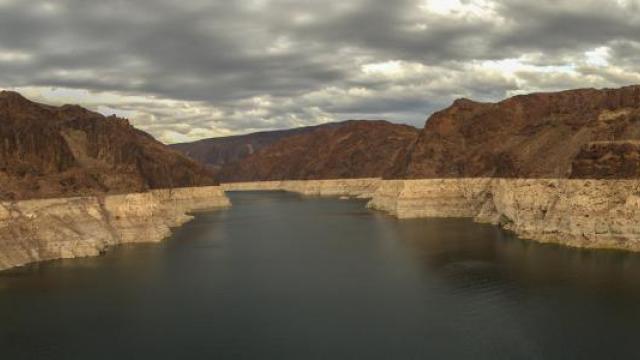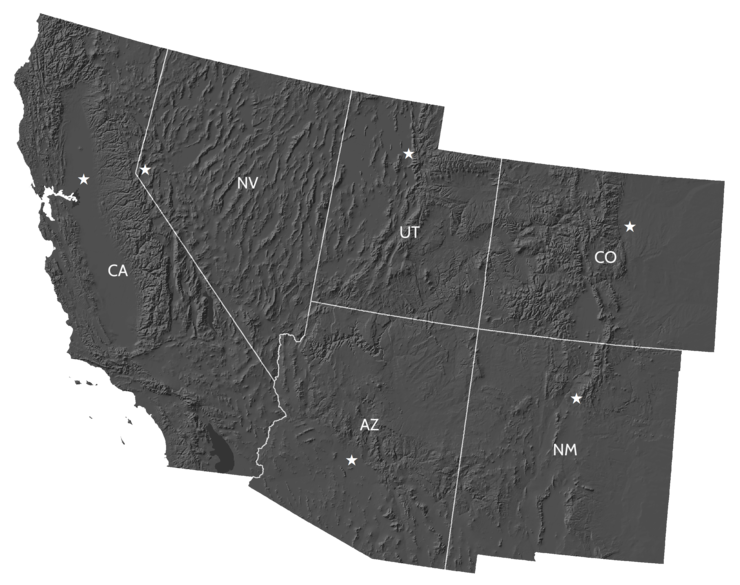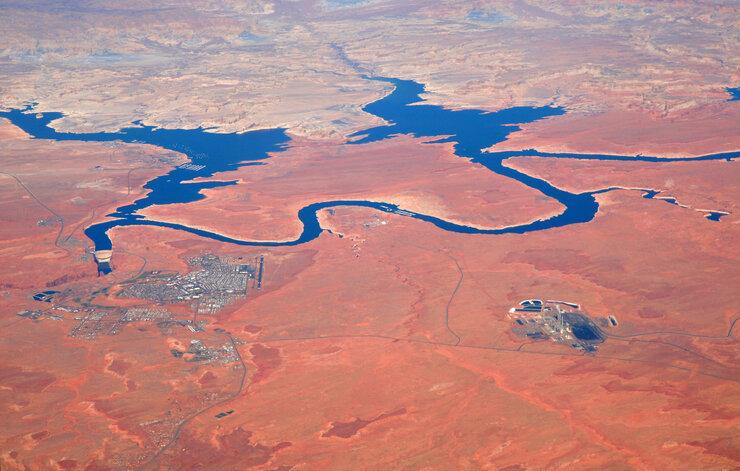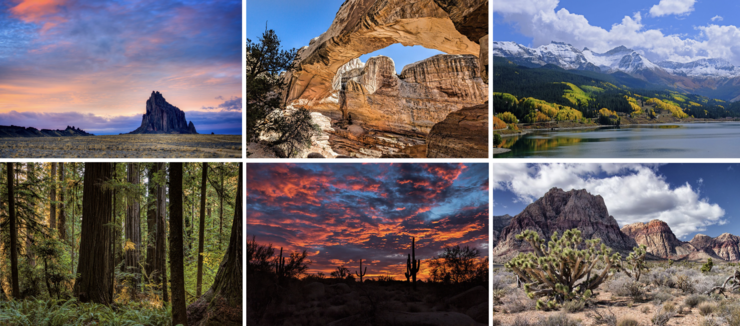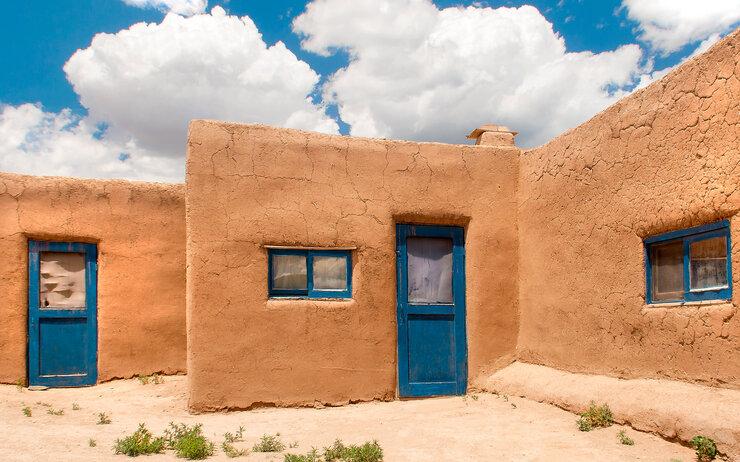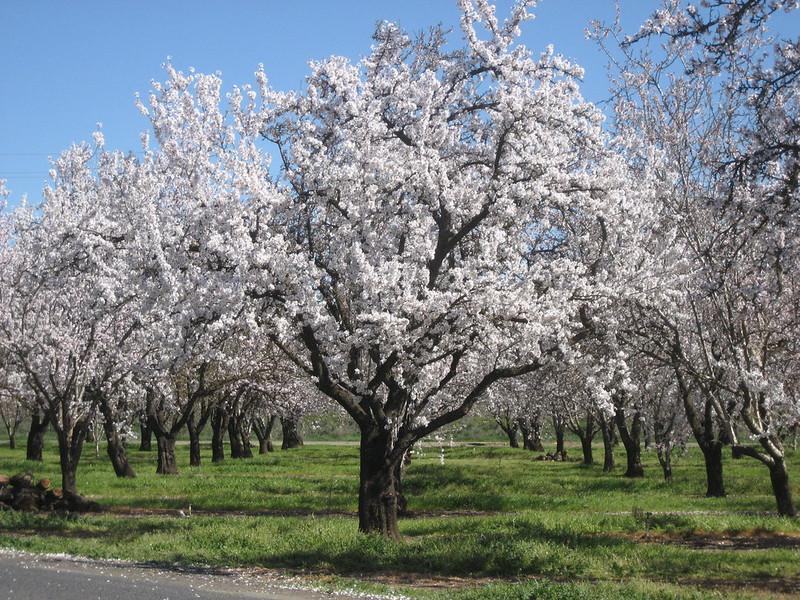With one and a half million Native Americans, the Southwest has the largest population of Indigenous peoples in the country. Over the last five centuries, many Indigenous peoples have either been forcibly restricted to lands with limited water and resources or struggled to get their federally reserved water rights recognized by other users. Climate change exacerbates this historical legacy because the sovereign lands on which many Indigenous peoples live are becoming increasingly dry. Across the Southwest, Indigenous peoples are among the most at risk from climate change, often experiencing the worst effects because of higher exposure, higher sensitivity, and lower adaptive capacity for historical, socioeconomic, and ecological reasons.
Changing conditions may reduce populations of some fish, wildlife, and plants that serve as traditional foods, medicines, and cultural resources for Indigenous peoples. Reduced availability of traditional foods often contributes to poorer nutrition and an increase in diabetes and heart disease. The physical, mental, emotional, and spiritual health and overall well-being of Indigenous peoples rely on these vulnerable species and materials for their livelihoods, subsistence, cultural practices, ceremonies, and traditions. In California, changes in marine ecosystems also affect resources for Indigenous peoples. For instance, ocean warming affects salmon and other fish on which Pacific Coast tribes rely for subsistence, livelihoods, and cultural identity
Projected reductions in the availability of water, coupled with water agreements that involve selling or leasing tribal water to neighboring communities, could place tribal water supplies at risk during severe shortages. As water supplies decrease and water demand increases, Tribes are at risk of finding themselves committed to providing purchased water to other entities.
Indigenous peoples in the Southwest region have traditionally used fire as a tool to protect and enhance species they use for basket weaving, medicines, and traditional foods. This cultural use of fire offers an important tool for adaptation and mitigation, as traditional burning reduces fuel accumulations that can lead to high-severity wildfires
Indigenous peoples have adapted to climate variations in the past. However, historical intergenerational trauma, extractive infrastructure, and socioeconomic and political pressures reduce their adaptive capacity. Still, in response to climate change, Indigenous peoples of the Southwest are developing new adaptation and mitigation actions.
Energy
Drought and rising temperatures are interfering with the Southwest's ability to meet growing demand for electricity through hydropower and burning of fossil fuels. Declines in snowpack and runoff and a shift of spring runoff to earlier in the year have reduced the volume of water in the Southwest’s rivers and reservoirs, reducing the ability of hydroelectric dams to generate electricity. Additionally, rising temperatures reduce the energy efficiency of water-cooled electricity plants.
Many renewable energy sources offer reliable electricity generation, lower water intensity, reduced greenhouse gas emissions, and new economic opportunities. For example, solar and wind energy sources emit less carbon and require less water than fossil fuel energy. Economic conditions and technological innovations have lowered renewable energy costs and increased renewable energy generation in the Southwest.
